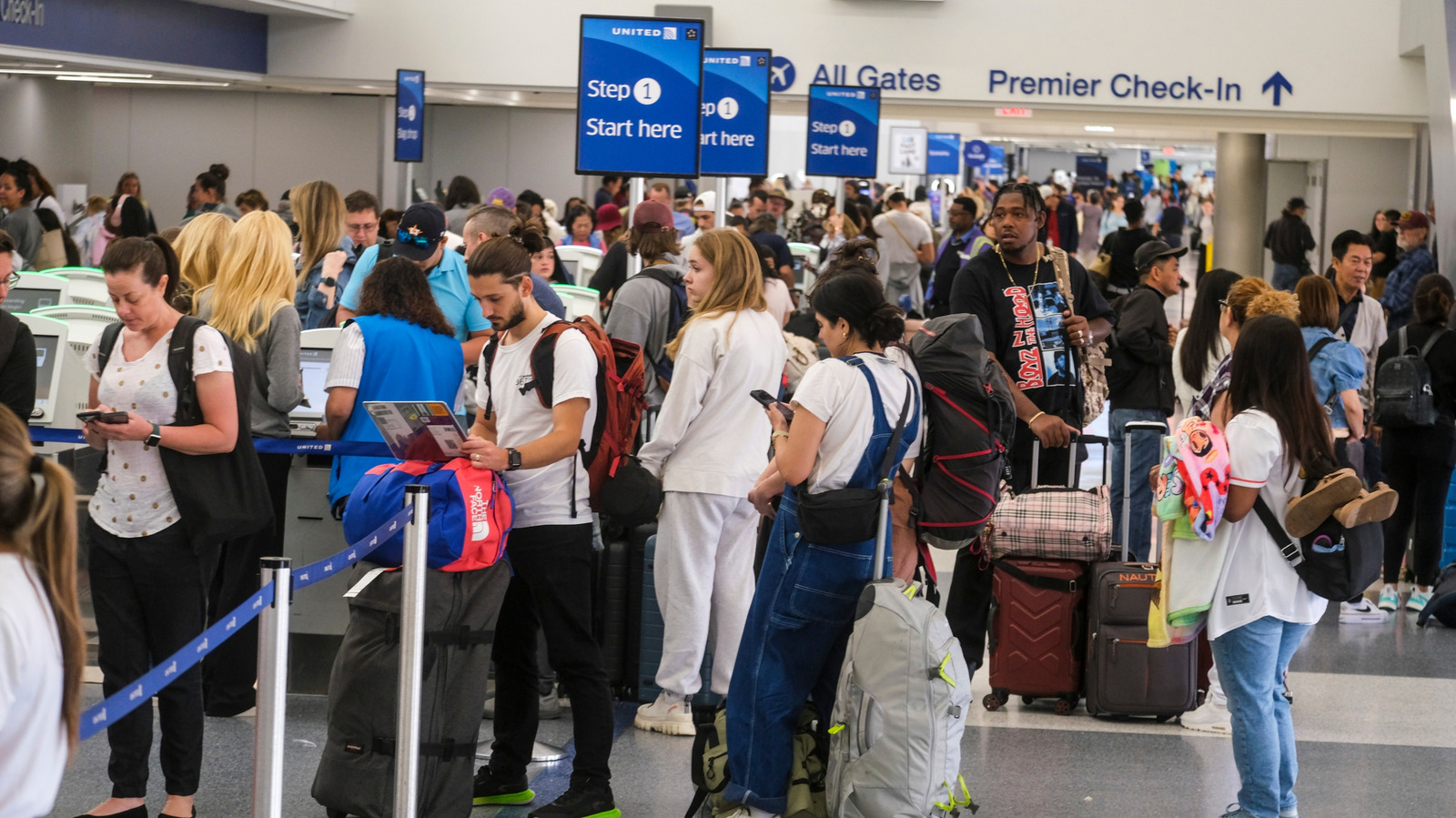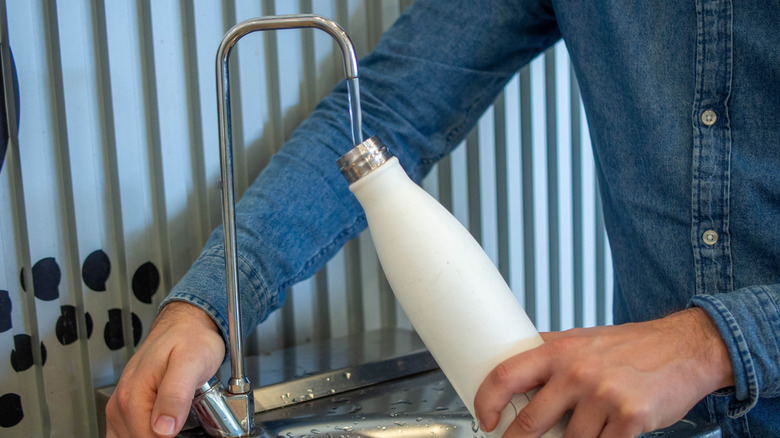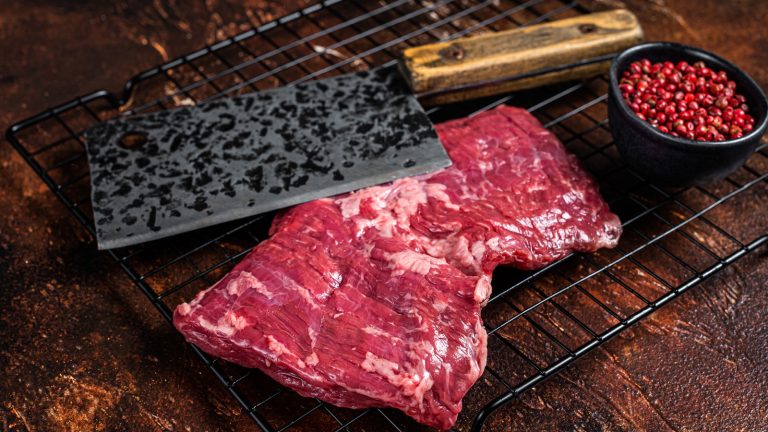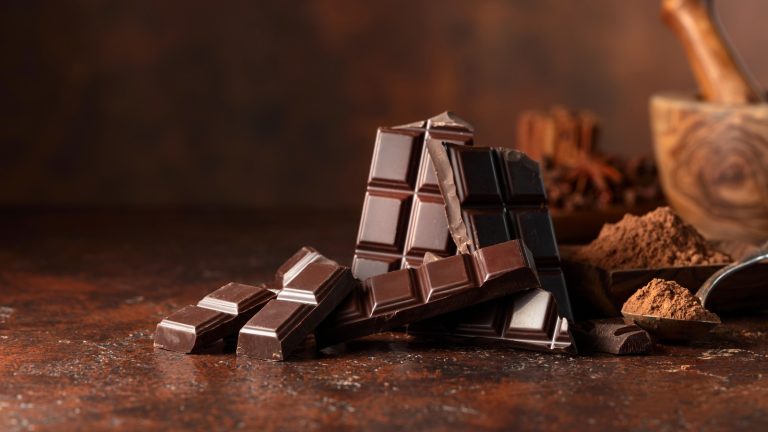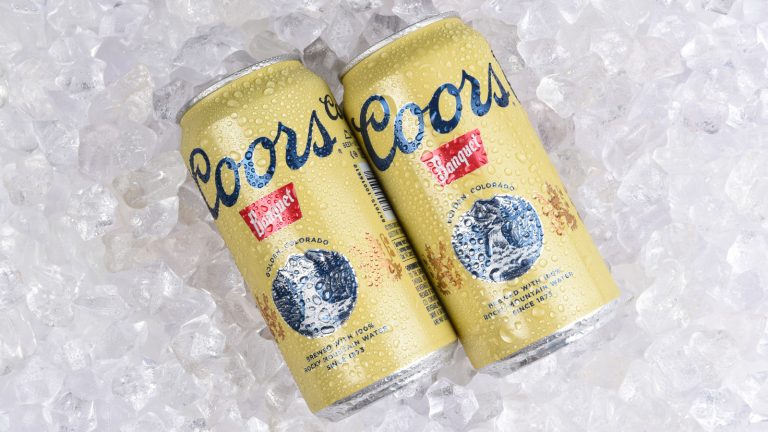A long, long time ago, folks were able to run up to any old gate and catch a flight/make a declaration of love/prevent an international incident mere moments after entering the airport. They also could have done so while wearing shoes and juggling water bottles the entire time. Today, between security lines, body scans, and the occasional strip show, that same journey can take quite a bit longer. And you cannot bring any standard-sized bottle of water beyond a TSA checkpoint either, even if it is for juggling. (The agency would theoretically allow a 3.4 ounce bottle, but good luck finding one.) But you can bring frozen liquids right on through.
“Frozen liquid items are allowed through the checkpoint as long as they are frozen solid when presented for screening,” reads guidance on the Transportation Security Administration’s website. “Frozen liquid” isn’t just a bit of redundancy, either, as the agency would apply its ounce limitation to something like frozen gravy from Thanksgiving dinner. Any previously frozen liquid that’s begun to melt or even soften into slush is also subject to the volume requirement. But rock hard bottles of water, juice, sports drinks, or whatever else you can keep iced are totally copacetic. And, although it’s famed for its ability to take the edge off flying, liquor will not fully freeze for this, or any other, purpose.
Should you take frozen liquids through TSA?
Tucked into your carry-on, there is a good chance that your frozen Fiji — which we position very high in our water bottle brand ranking — will still catch the eagle eye of a bag screener. Except in some weird outlying cases liable to saddle you with viral infamy should you try to argue, it will ultimately be allowed (though, just so you know, the TSA reserves the right to deny any item through checkpoint). But the extra little look might cost you a few precious minutes of sipping sugary, overpriced airport margs. It’ll also be a few hours before a medium-sized (16-ounce or so) bottle of water melts, and by then you’ll be ensconced in your seat where the water should be, if not very luxe, at least free.
Water frozen in a reusable bottle will take longer to melt, because the vessel’s materials are superior to flimsy, single-use plastic. With the great insulation of something like a thermos, you should probably just plan to consume it like a popsicle. But if you’re truly committed to the avoidance of the super spendy H2O at the Hudson News and you just can’t wait until you board, some airports are equipped with water fountains or even dedicated water bottle filling stations, and an empty bottle for later hydration shouldn’t draw much scrutiny.


